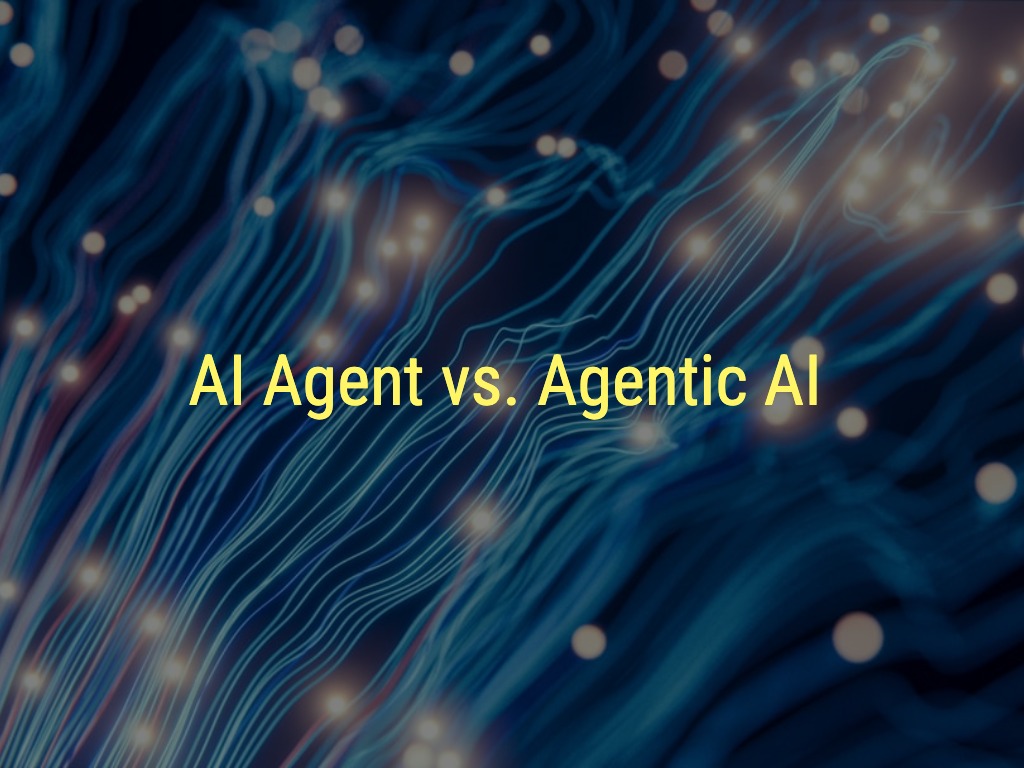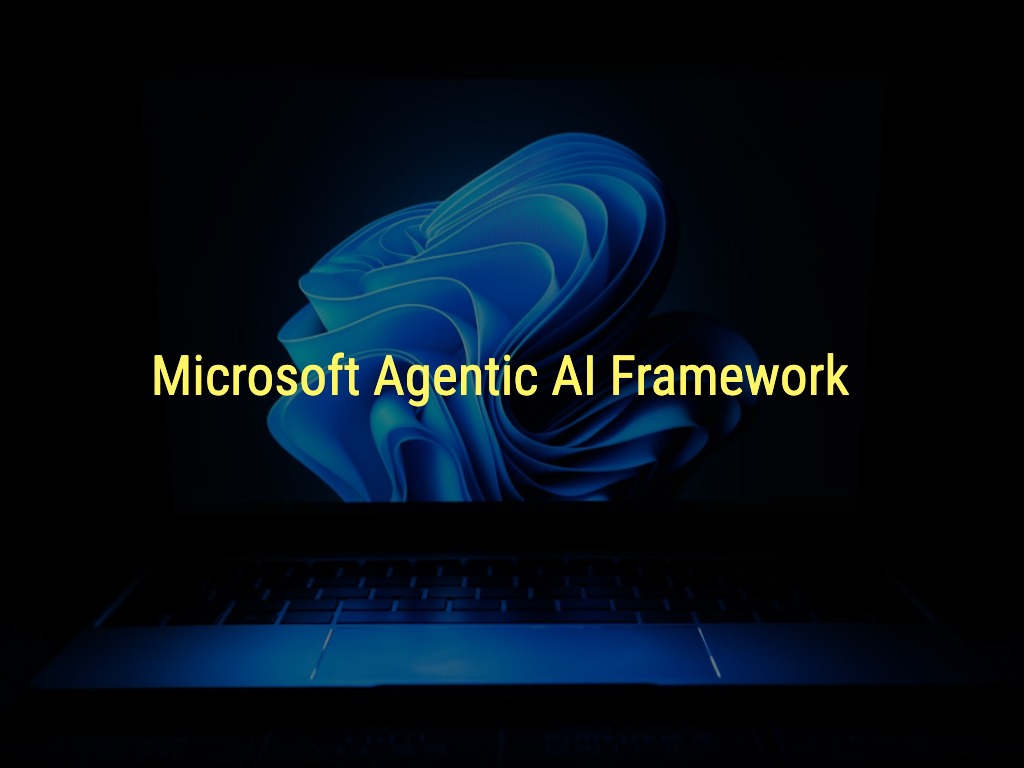Cursor 2.0 IDE Enhances AI and Development Workflows
In the ever-evolving landscape of software development, tools that enhance productivity and streamline workflows are invaluable. The recent release of Cursor 2.0 brings significant changes to the integrated development environment (IDE), particularly with its groundbreaking Composer model and multi-agent interface. This post will delve into the key features of Cursor 2.0, explore its implications for developers, and outline practical applications that can transform how we code. Whether you are a seasoned developer or a potential customer looking to leverage this technology, understanding these innovations can position you ahead of the curve.
Key Features of Cursor 2.0
Let’s break down the standout features that make Cursor 2.0 a game-changer for developers.
1. Multi-Agent Interface
Cursor 2.0 introduces a multi-agent interface, allowing various AI agents to run in parallel. This feature is vital for developers managing complex tasks, as it ensures a division of labor among agents without interference. Techniques like git worktrees and remote machines enable this parallel execution, allowing multiple models to tackle the same coding problem simultaneously.
- Improved Output: By assigning a single problem to various models and then evaluating the responses, developers can achieve markedly improved results, particularly on more intricate tasks. This process inherently minimizes the risk of errors and maximizes the quality of output. Multiple sources confirm the efficiency of this feature, such as Artificial Intelligence News and Cursor’s Official Blog.
2. Composer Model
The cornerstone of this update is the Composer model, which significantly boosts coding speed and efficiency.
- Speed and Efficiency: Compared to other AI-assisted coding models, Composer is reported to be four times faster. Most conversational turns are completed in under 30 seconds, drastically reducing the waiting time for developers eager to implement functionalities in their projects.
- Training and Capabilities: Trained with powerful tools that facilitate codebase-wide semantic searches, the Composer model excels at navigating extensive and complex code. This ability allows developers to maintain focus on broader architectural goals without getting bogged down in minutiae (sources: AI News and Cursor’s Blog).
3. New Interface and Workflow
Cursor 2.0 shifts away from a purely file-centric approach to an agent-centric design. This means developers can concentrate on desired outcomes while the agents manage the underlying details.
- Flexibility: This update does not abandon the classic IDE view; developers can switch back and forth as needed, ensuring that the transition to an agent-focused workflow remains user-friendly.
4. Code Review and Testing
Code review has traditionally posed challenges, but Cursor 2.0 streamlines this process.
- Simplified Review: The new interface simplifies code review, allowing developers to quickly assess the changes made by AI agents, thus enhancing transparency and trust in AI-generated code.
- Native Browser Tool: The introduction of a native browser testing tool empowers AI agents to autonomously test their outputs, iterating rapidly until they achieve the desired result. This empowers developers to focus more on creative problem-solving, freeing them from tedious testing processes (sources: Artificial Intelligence News and Cursor Blog).
Technical Insights and Use Cases
Understanding the technical underpinnings of Cursor 2.0 is crucial for developers wanting to integrate this tool into their work.
Performance and Trust
Initial feedback from early testers highlights Composer’s reliability, especially for multi-step coding tasks. Its speed paired with rapid iteration capabilities enables developers to tackle more complex issues confidently.
- For example, if a developer is working on a feature that requires iterative refinement, they can configure multiple AI agents to approach the problem from different angles, selecting the most effective solution based on collective performance.
Use of Multiple Models
The flexibility of choosing specific models for particular tasks gives developers unprecedented control when managing their workflows.
- This feature is especially useful in microservices architecture, where different services may require different coding approaches. Developers can assign agents independently based on the service’s unique requirements or complexities.
Practical Application Example
To illustrate how Cursor 2.0 can be utilized effectively, let’s consider a hypothetical scenario involving building a new web application component. Here’s a simplified breakdown:
- Task Breakdown: The developer outlines the component’s requirements and divides the work into smaller sub-tasks, e.g., API integration, UI component, and state management.
- Agent Assignment: Using Cursor 2.0, the developer assigns these sub-tasks to distinct AI agents. Each agent is tasked with generating code snippets, testing, and iterating on the given functionality.
- Review Process: After a brief period, the developer reviews the output generated by the AI agents, which may include optimized solutions, alternative coding approaches, and performance enhancements.
Resources for Further Learning
For developers eager to dive deeper into Cursor 2.0 and the Composer model:
- Official Documentation: Check out the official Cursor documentation for detailed explanations of all features and functionality.
- Community Feedback: Engage in discussions on forums such as Hacker News to glean insights from real-world experiences and challenges developers face using this new IDE version.
Conclusion
The launch of Cursor 2.0 and the Composer model marks a transformational leap in AI-assisted software development. With enhanced speed, improved efficiency, and a more intuitive workflow, these innovations empower developers to harness the full potential of AI in coding. For those looking to streamline their development processes and tackle sophisticated coding challenges, investing time in learning about Cursor 2.0 is highly recommended.
If you are looking to modernize your development processes, harness AI capabilities, or need comprehensive guidance on full-stack web development and cloud computing, feel free to contact me today. I’m here to help you navigate the complexities of modern software development and integrate cutting-edge solutions like Cursor 2.0 into your projects!


